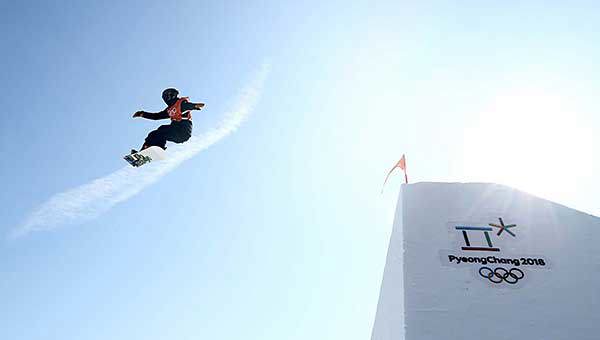Do Winter Olympians get more injured?
27 February 2018 | By Cara Peake

The PyeongChang Winter Olympics has delivered, with a grueling competition not short of many thrills and spills. What the winter Olympics does particularly
well is the death defying tricks, heights and speeds!
We are still awaiting the latest data from 2018 so I have compared the injuries of the Rio Summer Olympics and the Sochi Winter Olympics to identify
the difference in incidence and severity of injuries in athletes. The data isn’t surprising but closer than I expected.
Here are the stats:
- 12% of athletes were injured at Sochi compared with 8% at Rio.
- 40% of the Rio athletes were expected to have 1 day of absence from the sport compared with 39% in Sochi but these athletes were not expected to
return to the competition or training.
- BMX cycling, taekwondo, water polo and rugby had the highest injury rates at Rio.
- At Sochi Aerial skiing, snowboard slope style, snowboard cross, slope style skiing, half pipe skiing, moguls skiing, alpine skiing, and snowboard
half pipe has the highest injury rates. (Soligard et al.)
What the statistics highlight is the severity of injuries in the winter compared with the summer games. The time to return to play is significantly
higher in the winter sports – especially the sports involving speed and heights!
So unfortunately for the Winter Olympians the time on the sideline after competition is likely to be a little longer then their summer counterparts.
So if you are thinking of turning to a winter sport and want to keep clear of injury maybe take your time before you hit the aerials and snowboard
cross.




